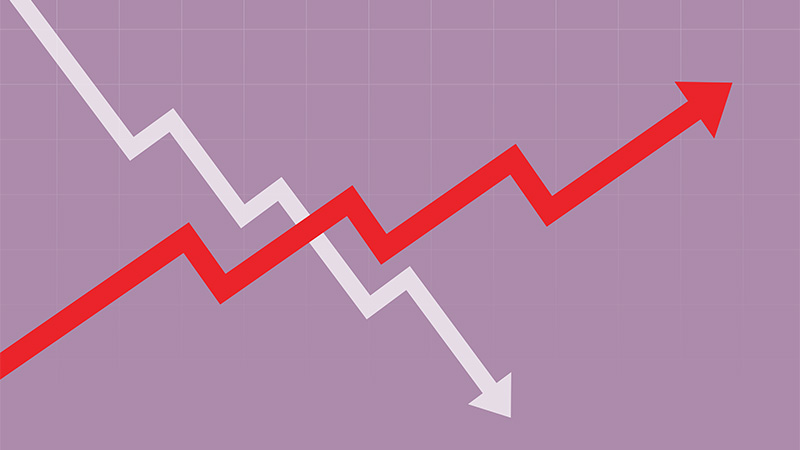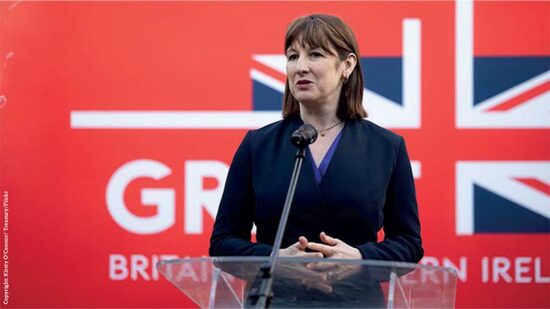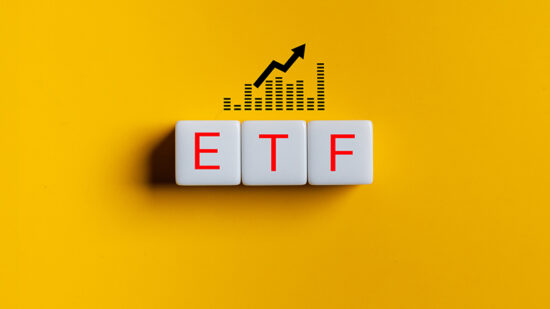Institutional investors anticipate “an unprecedented surge in demand” for bonds over the next few years as the $6.5trn sitting in US money market funds re-enters the market, according to new research by Managing Partners Group.
Investors rushed to the perceived safety of money market funds in recent years as market volatility made many nervous. They started 2020 with $4trn, but that more than doubled (63.6%) in the ensuing years as investors got cold feet holding equities and bonds, according to data from the Federal Reserve (Fed).
However, Managing Partners Group expects that a sizable influx of investments will re-enter the market via fixed income assets as investors regain their confidence.
Over half (56%) of the institutional investors and wealth managers it surveyed forecast between $2trn to $2.5trn of money market capital to enter the bond market over the next couple of years, while two-fifths (40%) think it will be as high as $2.5trn to $3trn.
A lesser 3% anticipate it to be over $3trn, with just 1% expecting it to be any less than $2trn.
See also: Carne: Private markets due for expansion, but access and regulation barriers remain
Managing Partners Group expects this movement of investment into fixed income to be triggered by the lowering of interest rates by the Fed, with almost all (99%) of those surveyed agreeing that investors should have shifted to bonds before the first cut to maximise their returns.
Nevertheless, not everyone thought the move will be quite as striking as Managing Partners Group anticipates. Björn Jesch, CIO of DWS, said the record-high investment in money market funds “isn’t about to change” and “big outflows are unlikely in the shorter-term”.
That is because transactions of money market funds often lag behind interest rate decisions. Jesch pointed to Fed research which revealed a one percentage point increase in its Federal Funds Rate resulted in a 6 percentage point increase in fund assets over a two-year period because of the close correlation with money market fund yields.
And investors can sometimes react cautiously even when rates are lowered. The Fed dropped rates from 1.75% to 0.25% in 2020, but rather than becoming more bullish, investors added another $763bn to money market funds by the end of the year.
See also: Look, but don’t touch: Do investment apps encourage money movement?
“It is easy to see that periods of financial market stress have often led to a noticeable increase in volumes,” Jesch said. “The underlying source of the nervousness, whether geopolitical or from market stresses, did not seem to matter.”
Yet Jesch did highlight that the pool of investors with holdings in money market funds has increased significantly in recent years. They were typically a vehicle for institutional investors, with banks, governments, and corporations owning 60% of money market funds historically, according to Jesch.
Yet retail investors took greater interest in them over the 18 months to May, increasing their holdings in money market funds by 75%.
This story was written by our sister title, Portfolio Adviser








